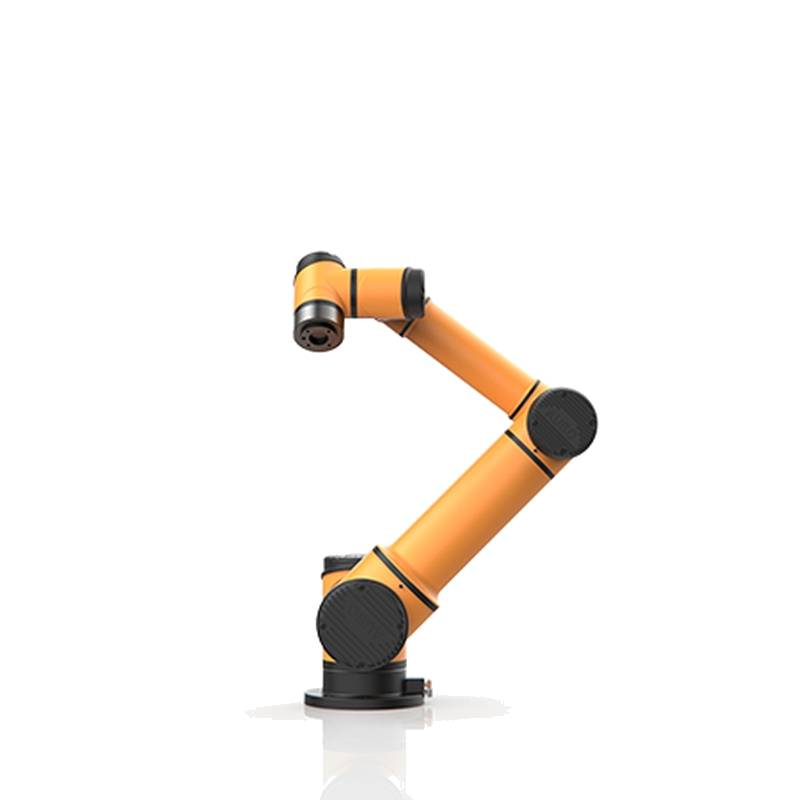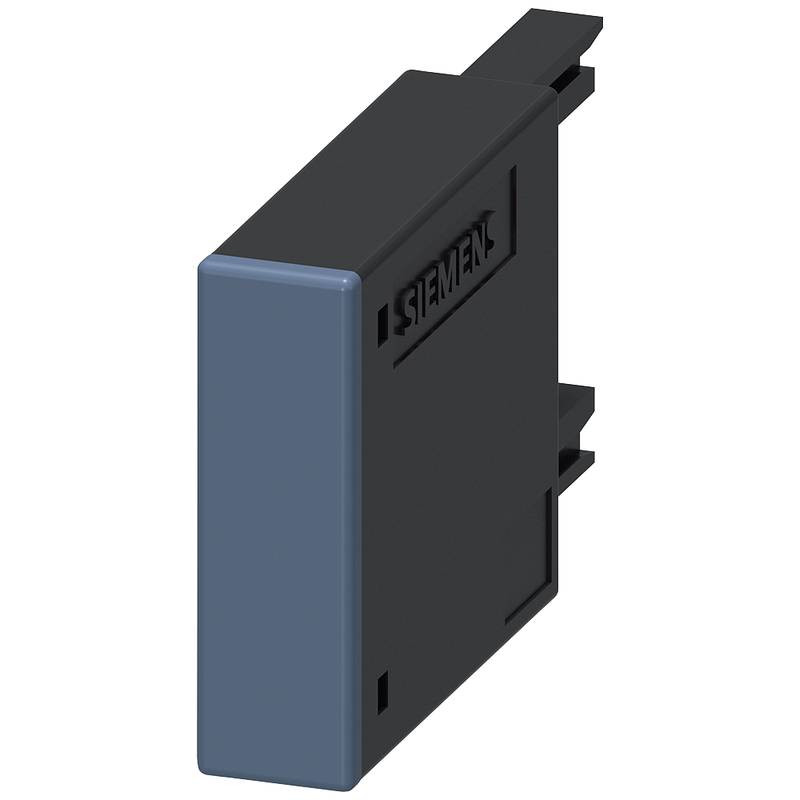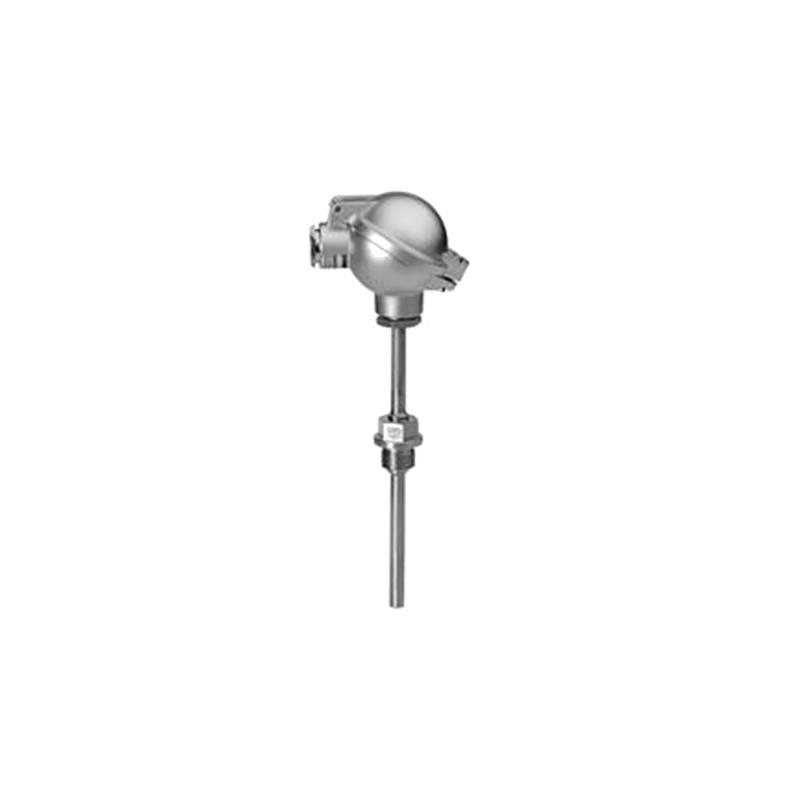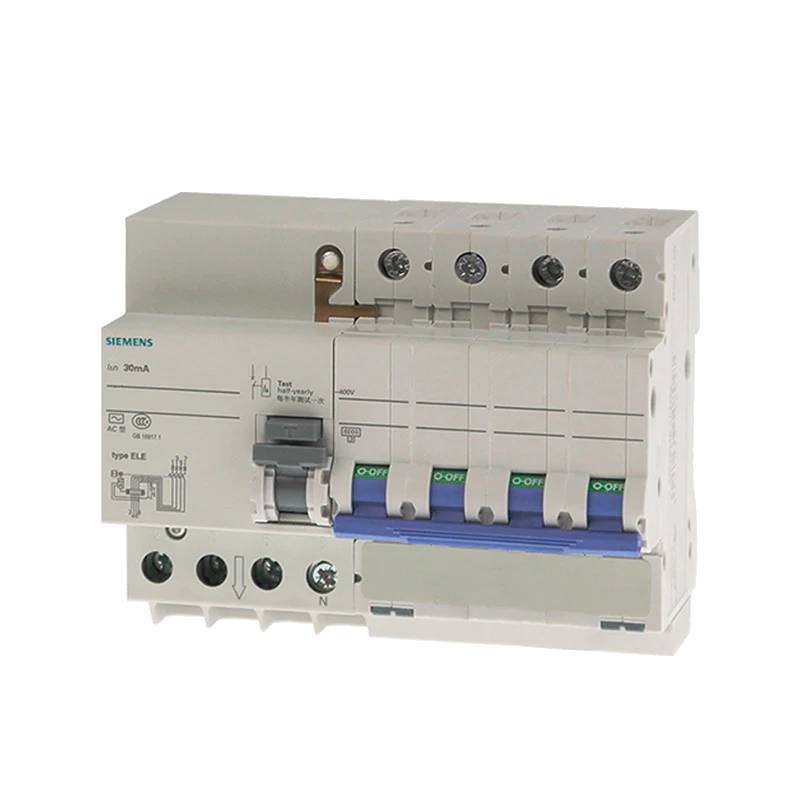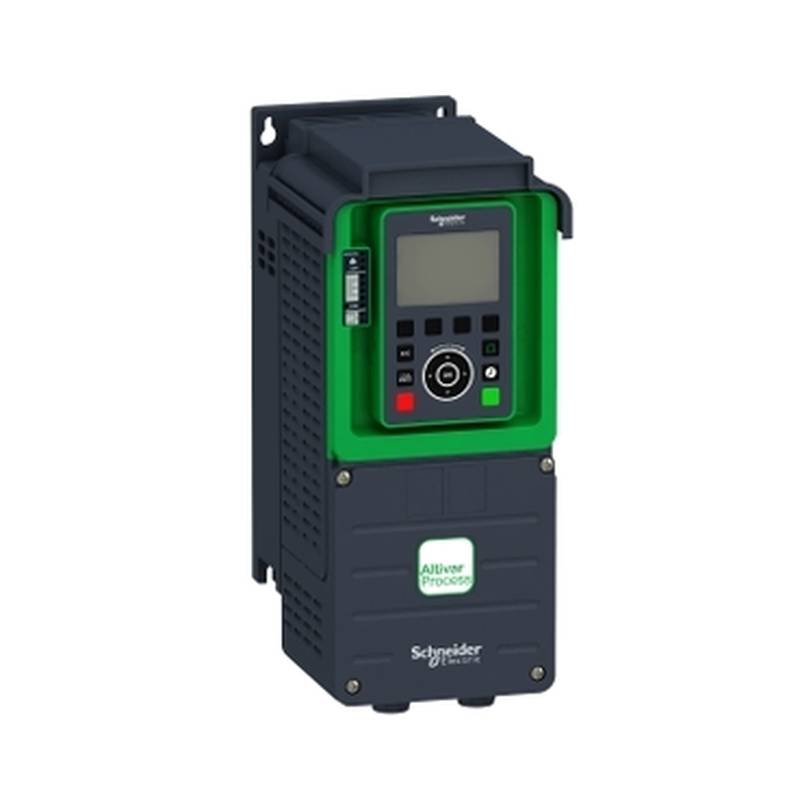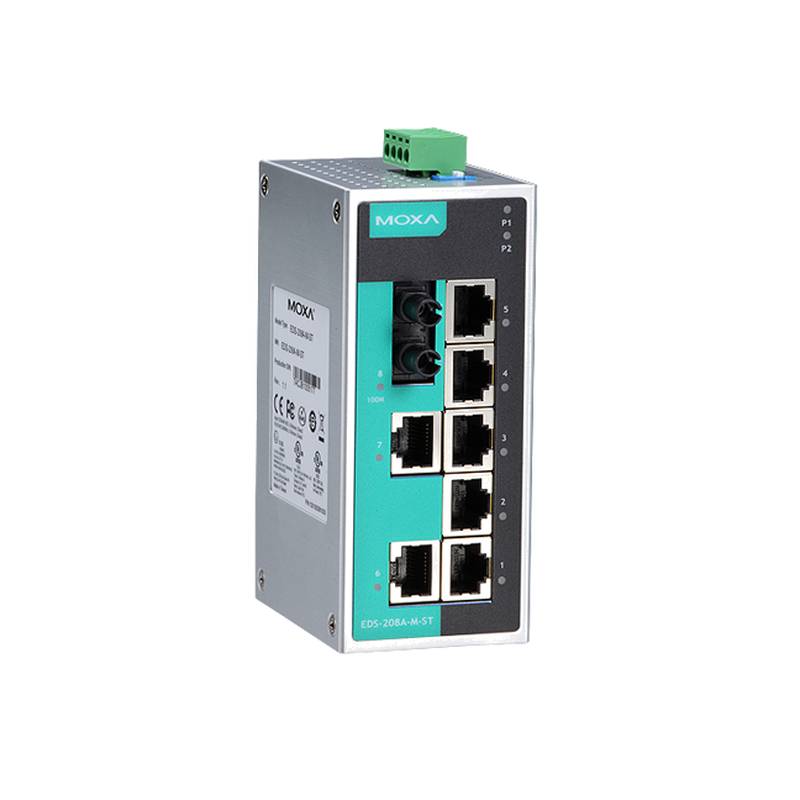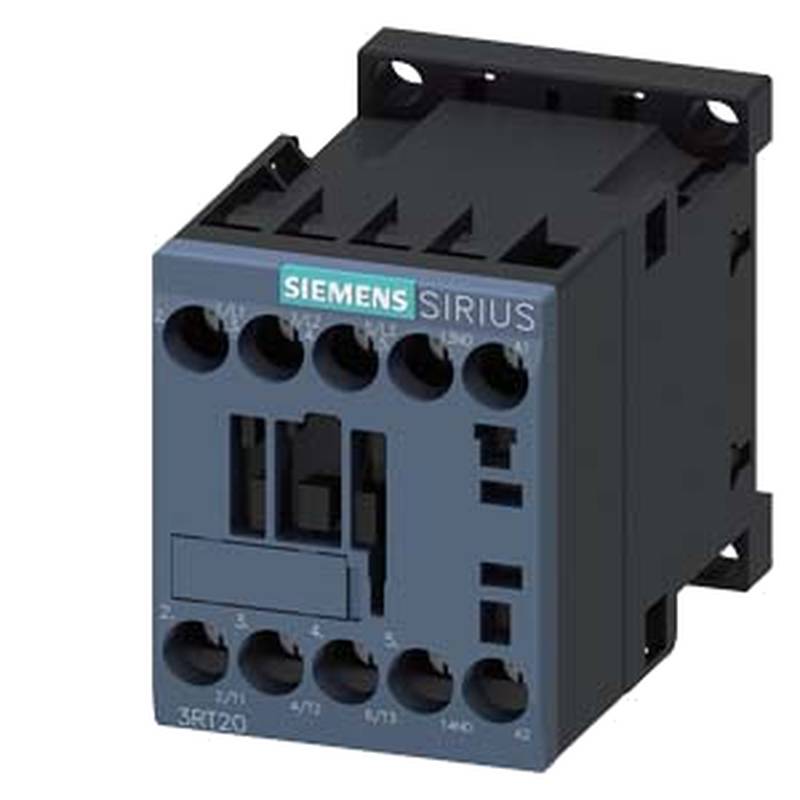
The AUBO-i16 Industrial Collaborative Robot Arm represents a significant advancement in flexible automation, offering a robust payload capacity and extended reach tailored for demanding industrial applications. This cobot arm excels with a substantial 16kg payload and an impressive 967.5mm reach, making it ideal for tasks requiring precision and strength. Its intuitive programming interface and advanced safety features facilitate seamless integration into diverse manufacturing environments, enabling both efficiency gains and enhanced worker collaboration. The AUBO-i16 is engineered for reliability and ease of deployment, embodying the next generation of intelligent manufacturing solutions.
AUBO-i16 Product Specifications
| Parameter | Specification |
| :---------------- | :--------------------------- |
| Payload | 16 kg |
| Reach | 967.5 mm |
| Axes | 6 |
| Repeatability | ±0.03 mm |
| Max. Tool Center Velocity | 1.0 m/s |
| Working Temperature | 0-45 °C |
| Protection Class | IP54 (Arm) / IP20 (Control) |
| Mounting Position | Floor, Wall, Ceiling |
| Power Consumption | 500 W (Typical) |
| Weight | Approx. 55 kg |
Core Features & Market Positioning
The AUBO-i16 distinguishes itself through a unique blend of power, precision, and inherent safety, positioning it as a premier choice for collaborative tasks previously unachievable with lighter-duty cobots. Its advanced force-sensing technology allows for safe human-robot interaction, a critical differentiator in today's automated workplaces. This capability, combined with its high payload and extended reach, empowers manufacturers to automate complex assembly, heavy material handling, and intricate machine tending operations that demand both robustness and adaptability. The AUBO-i16's market presence is fortified by its user-friendly programming, significantly reducing implementation time and the need for specialized robotics expertise, thereby lowering the barrier to entry for advanced automation.
Key Application Scenarios
Manufacturers seeking to enhance productivity in high-payload tasks will find the AUBO-i16 exceptionally well-suited for heavy part handling and palletizing operations, where its 16kg capacity significantly streamlines workflows. In assembly lines, particularly those involving the manipulation of substantial components, the cobot arm ensures consistent quality and throughput. The AUBO-i16 is also a powerful tool for machine tending, reliably loading and unloading heavier materials from CNC machines or injection molding equipment, freeing up human operators for more value-added tasks. Its precision and reach also make it viable for inspection and welding applications requiring stable, repeatable movements with heavier tooling.
Practical System Integration Guidance
Integrating the AUBO-i16 into existing production lines is designed for efficiency. The robot arm features standardized mounting options, allowing for flexible installation on floors, walls, or ceilings to optimize workspace utilization. Its intuitive graphical user interface simplifies programming, enabling users to define waypoints and motion paths with ease, often through a drag-and-drop functionality. For power and I/O, the AUBO-i16 utilizes readily available industrial connectors; consult the detailed wiring diagrams in the official manual for correct connections to the controller and any peripheral equipment such as grippers or vision systems. Commissioning typically involves a straightforward calibration routine accessible via the teach pendant.
Operation and Risk Mitigation
Safe operation of the AUBO-i16 is paramount, built upon a foundation of advanced safety features. The cobot's inherent collision detection, coupled with adjustable force and speed limits, allows it to operate safely alongside human workers. It is crucial to perform regular risk assessments for each specific application, ensuring that safety zones are clearly defined and that emergency stop mechanisms are readily accessible. Common troubleshooting scenarios often involve checking connections and ensuring the payload remains within the specified 16kg limit. Refer to the operational manual for detailed fault code explanations and recommended corrective actions to maintain optimal performance and safety.
Scalability & Long-Term Value
The AUBO-i16 is engineered for future-proofing, offering significant scalability and long-term value within an evolving industrial landscape. Its open architecture facilitates seamless integration with existing manufacturing execution systems (MES) and enterprise resource planning (ERP) platforms, enabling robust data exchange for enhanced operational visibility. Compatibility with a wide range of end-effectors and peripheral devices allows for easy adaptation to new tasks or process improvements without requiring a complete system overhaul. Furthermore, the AUBO-i16 is designed to readily connect with Industrial Internet of Things (IIoT) infrastructure, supporting predictive maintenance and enabling advanced analytics for continuous optimization and a strong return on investment.
Frequently Asked Questions
What is the maximum payload of the AUBO-i16 robot arm?
The AUBO-i16 is engineered to handle a substantial 16kg payload with exceptional stability and precision. This high capacity allows it to efficiently manage heavier components and tools in various industrial processes.
This payload capability makes it ideal for demanding applications such as heavy part transfer, machine tending of larger equipment, and palletizing operations. Its robust design ensures consistent performance even under maximum load conditions, maintaining accuracy and reliability.
By supporting a 16kg payload, the AUBO-i16 opens up automation possibilities for tasks previously limited to manual intervention or more complex, expensive robotic systems. This enhances overall production efficiency and safety.
What is the reach of the AUBO-i16 collaborative robot?
The AUBO-i16 collaborative robot arm boasts an impressive reach of 967.5mm, providing ample workspace coverage for its intended applications. This extended reach allows it to access a broader range of targets within its operational envelope.
This generous reach is particularly beneficial for tasks such as complex assembly, where multiple points need to be accessed, or for tending larger machinery. It minimizes the need for frequent re-fixturing or extensive robot re-positioning.
The combination of its 16kg payload and 967.5mm reach makes the AUBO-i16 a versatile solution for automating processes that require manipulation of heavier items over a significant area.
How does the AUBO-i16 ensure safety in collaborative environments?
The AUBO-i16 incorporates advanced force and torque sensing to detect collisions and react instantaneously. This allows it to safely interact with human operators and nearby equipment by halting motion or yielding upon contact.
Its design adheres to stringent safety standards, with configurable safety zones and speed limitations that can be tailored to specific workcell requirements. This ensures that human workers can operate in close proximity with confidence.
Programmable safety functions, such as limited force output and defined collaborative operational spaces, are key to its safe deployment. These features enable flexible human-robot collaboration without compromising worker well-being.
What types of industrial applications is the AUBO-i16 best suited for?
The AUBO-i16 excels in applications requiring the manipulation of heavier items, such as heavy part handling and palletizing. Its 16kg payload capacity is a significant advantage here.
It is also highly effective for machine tending of CNC machines, injection molding machines, and other industrial equipment that handle substantial workpieces. Its reach and precision aid in efficient loading and unloading.
Furthermore, the cobot arm is well-suited for assembly tasks involving larger components, welding, and inspection where consistent reach and payload capacity are critical for process automation and quality.
Can the AUBO-i16 be programmed easily by non-experts?
Yes, the AUBO-i16 features an intuitive graphical user interface (GUI) that simplifies programming significantly. Users can often program tasks through a user-friendly teach pendant or simulation software.
The programming environment typically employs a visual, drag-and-drop methodology, allowing users to define waypoints and motion sequences without extensive coding knowledge. This drastically reduces the learning curve.
This ease of programming makes the AUBO-i16 accessible to a broader range of users, enabling faster deployment and adaptation of automation solutions across different manufacturing departments and skill levels.
What is the typical integration process for the AUBO-i16?
Integration begins with selecting the appropriate mounting position – floor, wall, or ceiling – to optimize workspace layout. The robot arm then connects to its controller via standardized industrial cabling.
Programming involves using the teach pendant to define the robot's path, perform kinematic calibration, and set operational parameters such as speed and payload. Safety features are also configured during this phase.
Finally, the AUBO-i16 is integrated with end-effectors, sensors, and other machinery through its I/O ports, and tested in its operational environment to ensure correct functionality and safety compliance.
Does the AUBO-i16 support integration with IIoT platforms?
Yes, the AUBO-i16 is designed with connectivity in mind and readily integrates with Industrial Internet of Things (IIoT) platforms. This enables advanced data collection and analysis for process optimization.
Through standard communication protocols, the cobot arm can share operational data, performance metrics, and diagnostic information with cloud-based or on-premise IIoT systems. This supports predictive maintenance and real-time monitoring.
This integration capability enhances the AUBO-i16's value by allowing it to become a connected node within a smart factory ecosystem, contributing to overall operational intelligence and efficiency improvements.
What are the key technical specifications of the AUBO-i16?
Key specifications include a 16kg payload capacity and a 967.5mm reach, enabling it to handle substantial tasks. It operates on 6 axes, providing flexibility in motion and reach.
Repeatability is precise at ±0.03mm, ensuring high accuracy in repetitive operations. The maximum tool center velocity is 1.0 m/s, allowing for efficient cycle times.
Additional specifications include an IP54 protection class for the arm, suitability for various mounting positions, and an approximate weight of 55kg, underscoring its robust and adaptable design.
What kind of maintenance does the AUBO-i16 require?
Routine maintenance for the AUBO-i16 involves regular visual inspections of the arm, cables, and connectors for any signs of wear or damage. Lubrication schedules, as per the manufacturer's recommendations, are also crucial.
Periodic checks of safety features, including force sensing and emergency stops, are essential to ensure continued safe operation. Software updates and controller diagnostics should also be performed periodically.
Adherence to the operational manual's maintenance schedule and performing preventative maintenance tasks can significantly prolong the robot's lifespan and ensure consistent, reliable performance in demanding industrial environments.
Where can I find more detailed technical documentation for the AUBO-i16?
Detailed technical documentation, including comprehensive product manuals, programming guides, and specification sheets, is typically available directly from the official AUBO Robotics website or authorized distributors.
These resources provide in-depth information on installation, operation, maintenance, and troubleshooting for the AUBO-i16. It is recommended to always refer to the latest version of these documents for accurate guidance.
Consulting these official sources ensures that users have access to the most up-to-date and accurate technical data required for optimal deployment and operation of the AUBO-i16 robot arm.














